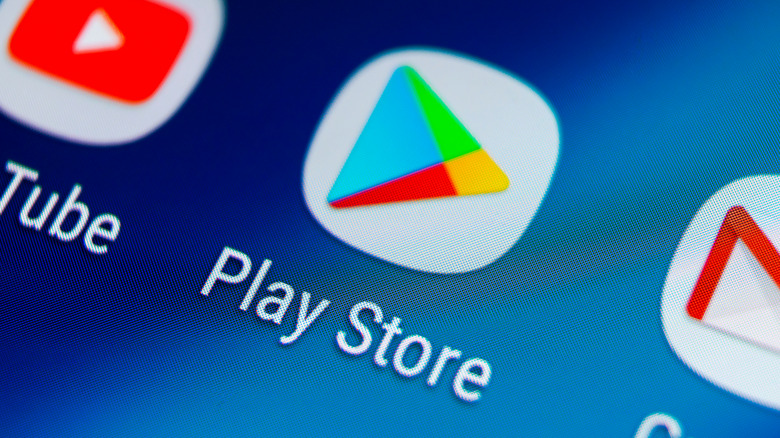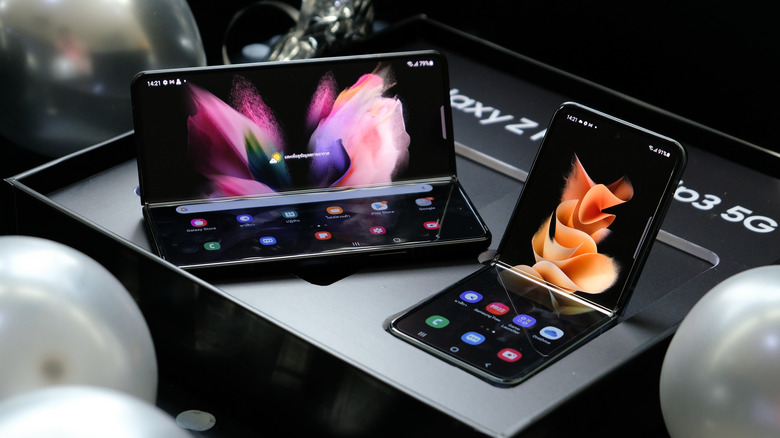Why Android Apps Will Soon Work Seamlessly Across Different Devices
Android has multiple incarnations that span different devices and form factors. There's, of course, the plain Android on phones and tablets, but Google's platform also has a presence on TVs and in cars. Being based on the same platform or even the same source code doesn't always mean that these devices will work together, though. Quite the opposite, it sometimes feels like they're living in completely different worlds, even if two devices are using the same app. Things definitely seem better on Apple's side despite its devices running different operating systems. Thankfully, that could be a thing of the past soon, as a new tool that Google is providing will make communicating between Android devices using the same app almost seamless.
It's not really Google's fault that things are the way they are today; perhaps it was a bit shortsighted or wanted to focus on one thing first, but Android was primarily designed for smartphones. Tablets, for example, were ignored until they exploded in popularity, and Google had no choice but to officially support them. Even then, Android is implemented by dozens of hardware manufacturers in slightly different ways so that it has been split into almost incompatible versions.
Of course, there's still a common layer underneath all of the OEM customizations, so the burden is actually on Google to build the bridges that work across different brands, devices, and compatible platforms. It has started to lay the foundations with its Nearby Share framework, but that was limited only to devices running Google Play services. Now it's finally paving the road so that other apps can travel smoothly, as well, regardless of the device.
Cross-device communication
Google has finally launched its new cross-device SDK for Android that developers can use to design apps that work and communicate seamlessly across different devices, the company announced in a blog post on August 26. This builds on the existing Nearby Share by using the same technologies to discover nearby devices using Wi-Fi and Bluetooth, as well as establish secure connections between these. It seems to rely on Google Play services, but the tool still provides conveniences that will make it trivial for developers to put it in their apps.
When that happens, it might seem that Android apps suddenly work magically with their various forms across different devices. You'd be able to simply enter your payment information on your phone while buying something from your smart TV, for example, or you could simply pick up where you left off while reading a web page whenever you switch from phone to tablet to computer. It'll also be easier to share things with multiple people at the same time without having to select each person's device one by one. These experiences are pretty much on par with what Apple users are already enjoying on their Macs, iPhones, and iPads.
While the experience seems magical, it doesn't really happen by magic. Developers will have to put in the work to integrate this new tool into their apps, but at least half of the work was already done for them by Google. It might sound troublesome, but being able to make your app seamlessly work across different devices is enough of an incentive to put in the hours. At the moment, the SDK only works for Android phones and tablets, but the ultimate goal is to make it available for all Android surfaces, including TVs and cars, as well as non-Android operating systems.

